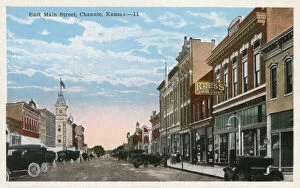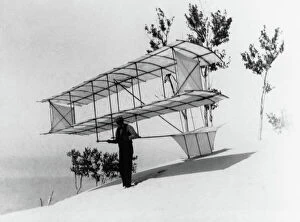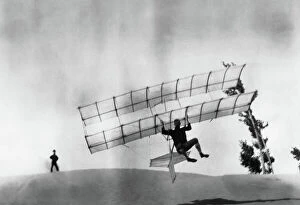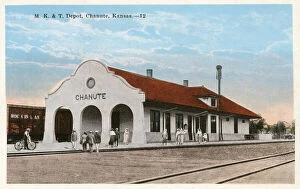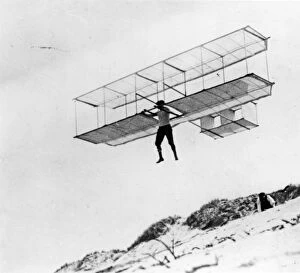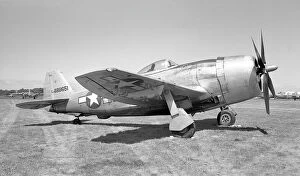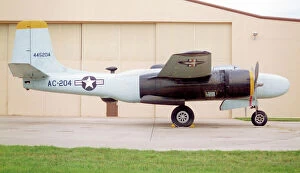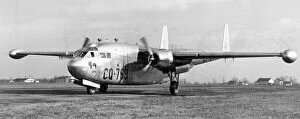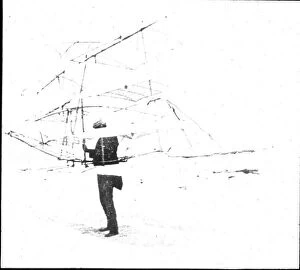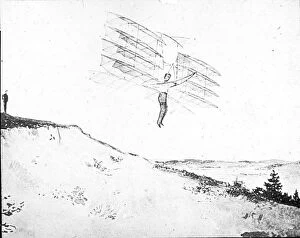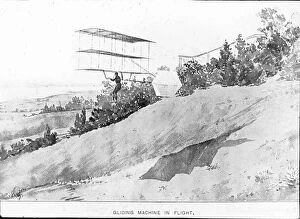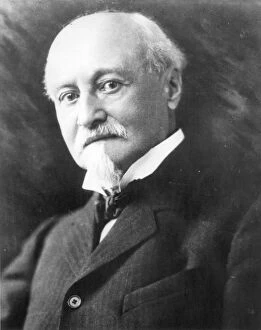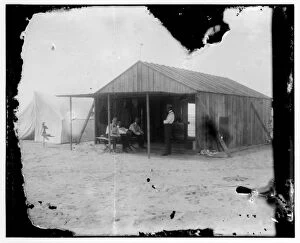Chanute Collection
Chanute, located in Kansas, USA, is a city that holds a rich aviation history
For sale as Licensed Images
Choose your image, Select your licence and Download the media
Chanute, located in Kansas, USA, is a city that holds a rich aviation history. East Main Street serves as the heart of this vibrant community and showcases its deep connection to flight. It was here that Octave Chanute, an influential aviation pioneer, made groundbreaking advancements in glider technology. In 1896, Chanute unveiled his revolutionary creation - the Chanute Type Biplane Glider Hang-Glider. This remarkable invention marked a significant leap forward in aviation and laid the foundation for future aircraft designs. The skies above Chanute witnessed history being made as this glider gracefully soared through the air. Two years later, in 1898, another milestone was achieved when the improved version of the Chanute biplane glider took flight once again. Its success further solidified Chanute's legacy and propelled him into legendary status within the aviation community. The railway station at Chanute played a crucial role during this era of innovation. It served as a hub for transportation and brought people from far and wide to witness these awe-inspiring feats of engineering firsthand. Fast forward to more recent times; military aircraft like Republic P-47N Thunderbolt 44-88651 and Douglas A-26C Invader 44-35204 have graced the skies over Chanute with their power and precision. These magnificent warbirds showcased America's strength while paying homage to its rich aviation heritage. Even after transitioning from military use to civilian purposes, Chanute continued its association with airborne marvels. The United States Air Force utilized Fairchild XC-119A (XC-82B) planes here for various missions – testament to both their reliability and adaptability. Today, visitors can explore exhibits showcasing historical artifacts such as Octave Chanute's original Biplane Glider from c1896 (1910). This relic stands as a reminder of how one man's ingenuity forever changed our understanding of flight.

